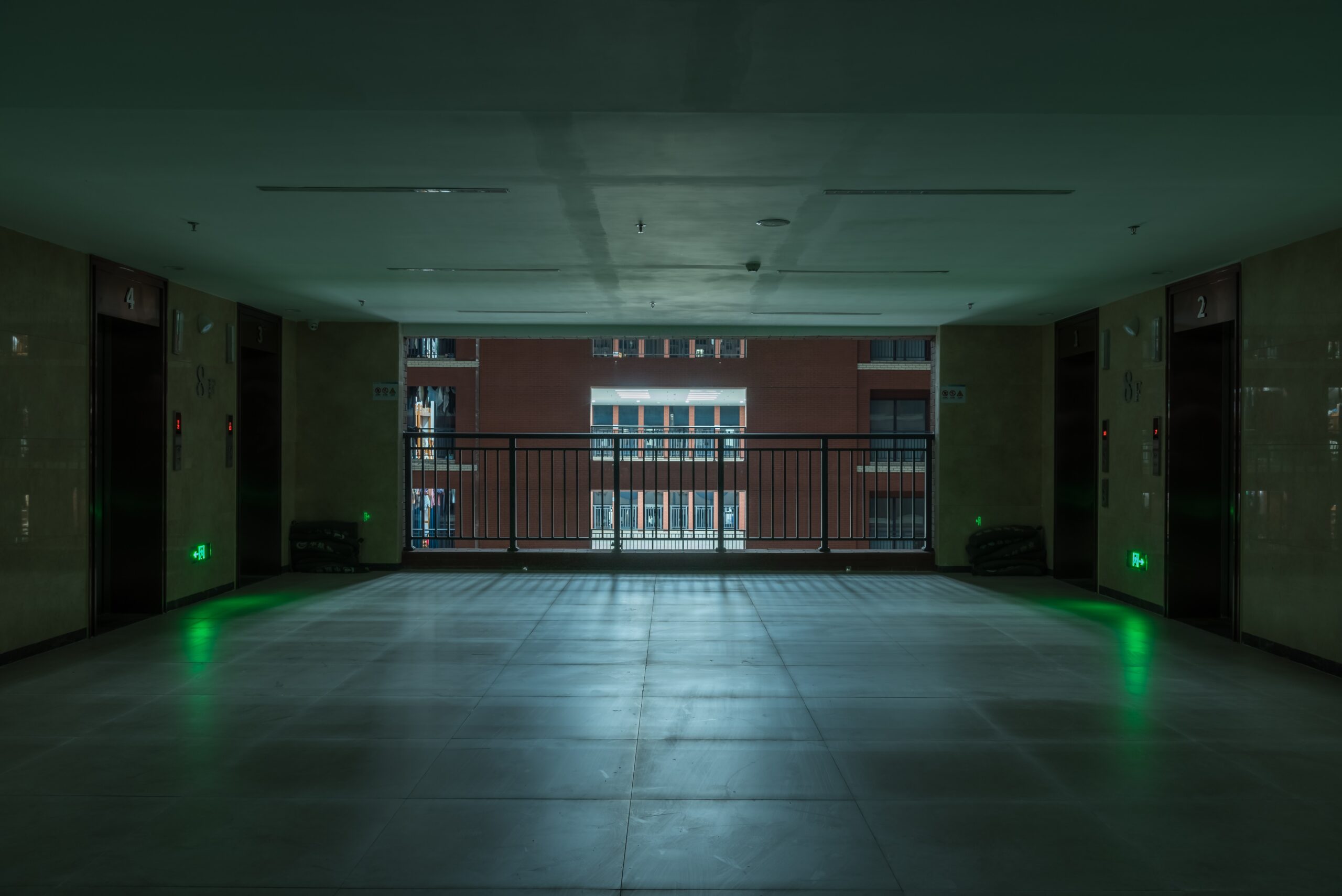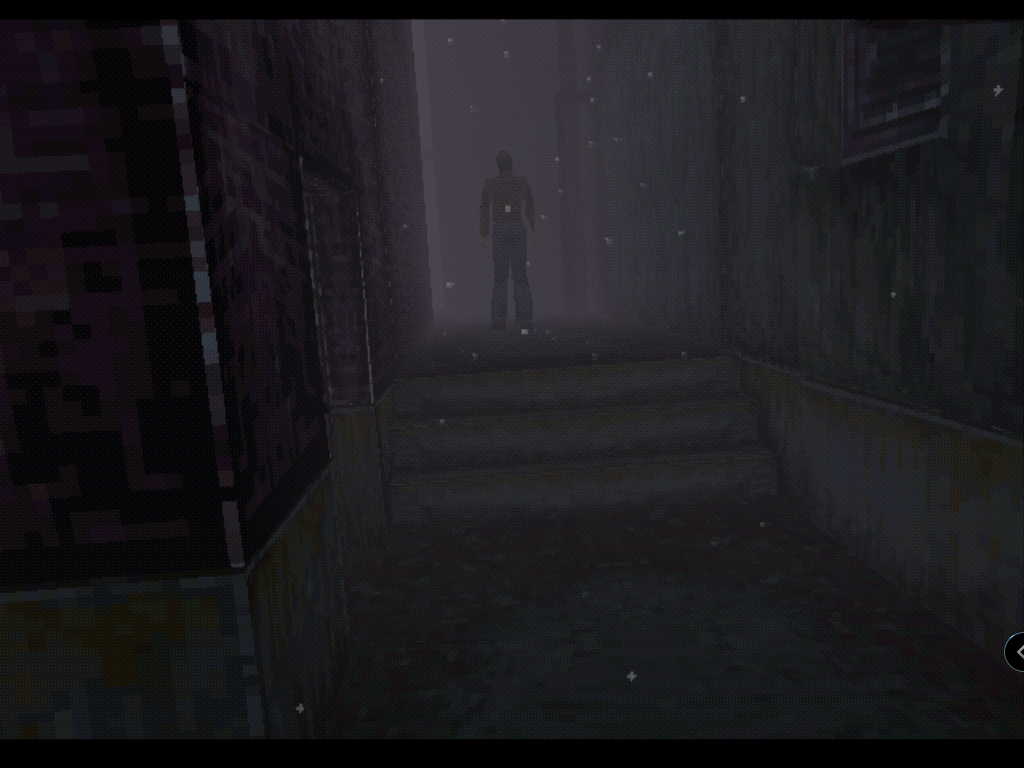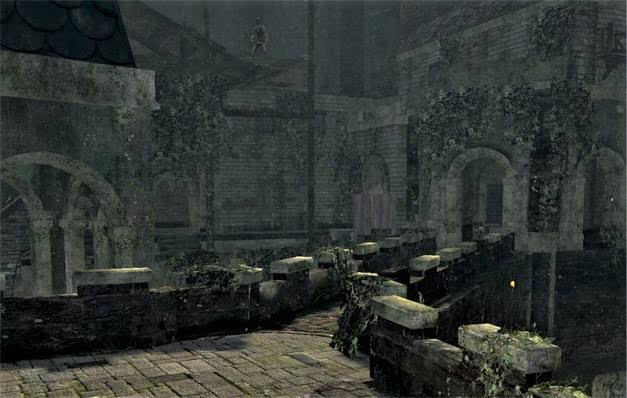Introduction
Video games offer players a unique way to explore worlds that are not only imaginative, but also often defy the laws of physics and reality. Players can go through a variety of environments in these virtual worlds, from the incredibly familiar to the absolutely foreign. The concept of Liminal Space is one element that many video games use.

” A Liminal Space is a transitional place between two distinct states, either physical or psychological. It evokes feelings of uncertainty, anticipation, and suspense as it represents a moment of transformation or change. “
or as the Internet would call it like –

” Liminal spaces are the subject of an Internet aesthetic portraying empty or abandoned places that appear eerie, forlorn, and often surreal. Liminal spaces are commonly places of transition (pertaining to the concept of liminality) or of nostalgic appeal. “
Liminal Spaces nowadays invoke feelings of Nostalgia and forlorn as mentioned, adding to it’s aesthetic by people taking photos of abandoned malls, places at night or just any place in general that is devoid of people and has a sense of nostalgic longing with cameras from more a decade ago.
In video games, liminal spaces can be used to create a sense of tension or uncertainty in the player. They can be used to transition between different game environments or levels, or they can be used to create a sense of ambiguity or mystery in the game’s narrative. For example, a game might use a liminal space to create a sense of foreboding as the player enters a new area, or to create a feeling of disorientation as the player moves through a maze or labyrinth.
Liminal spaces can also be used to create a sense of immersion in the game’s world. By using liminal spaces to create a sense of transition or change, video game designers can make the player feel as though they are truly exploring a living, breathing world, rather than simply moving through a series of predetermined levels or environments. This can help to enhance the player’s sense of immersion in the game, making it a more engaging and memorable experience.
Analyzing Liminal Spaces would take another day and them in video games will do the same. This is to just give a general idea of how both Worlds combine make a surreal experience.
Liminal Spaces in Video Games
Liminal spaces in video games can take many different forms and in different genres. They can be areas that players must pass through to progress through the game,

or they can be optional areas that players can explore to discover hidden secrets or treasures. Examples of liminal spaces in video games include dark tunnels, eerie forests, and abandoned buildings. These areas often have a sense of unease or disorientation, as they exist outside of the normal realm of the game’s world.
One common example of a liminal space in video games is the transition area between levels or areas. These areas often take the form of a loading screen Some simple like this

and some or an elevator that players must ride to reach the next area or even when climbing a huge ladder.

While these areas are typically not interactive, they serve an important function in the game’s design. They allow players to pause and reflect on their progress, while also building anticipation for what lies ahead.

Another example of a liminal space in video games is the dream or hallucination sequence. These sequences often occur when the player character is in a vulnerable state, such as being injured or under the influence of a drug or even drunk by good ol’ alchohol.
These sequences can be disorienting and surreal, and often contain symbolism or imagery that relates to the game’s story or themes.

Finally, liminal spaces can take the form of hidden areas or Easter eggs. These areas are often off the beaten path and require exploration or puzzle-solving to discover. They can contain unique items or rewards, as well as additional story information or lore.
Creating a Sense of Otherworldliness

The use of liminal spaces in video games creates a sense of otherworldliness that is essential to the game’s atmosphere. These areas exist outside of the normal rules of the game’s world, and often contain strange or surreal elements. This can include distorted visuals or audio, unusual lighting, or eerie music. By immersing players in these environments, video games are able to create a sense of mystery and intrigue that keeps players engaged.

In addition, the use of liminal spaces in video games can create a sense of unease or discomfort in players. These areas are often designed to be unsettling, with dark corners, eerie sounds, and a sense of isolation. Even in games that are generally not of the Horror kind.
Liminal Spaces are greatly used in horror games for this specific reason, added with classic elements in horror design like eerie sound design that plays with your senses, lack of light that makes you engulf in dread and unique art direction.This can create a feeling of tension and anticipation, as players never know what they will encounter next.
Conclusion
” The purpose of this Article was give a general idea of what Liminal Space is as a concept and as an aesthetic. I would like to Analyze the whole idea and it’s implementation in Games as a deep dive in the future “


